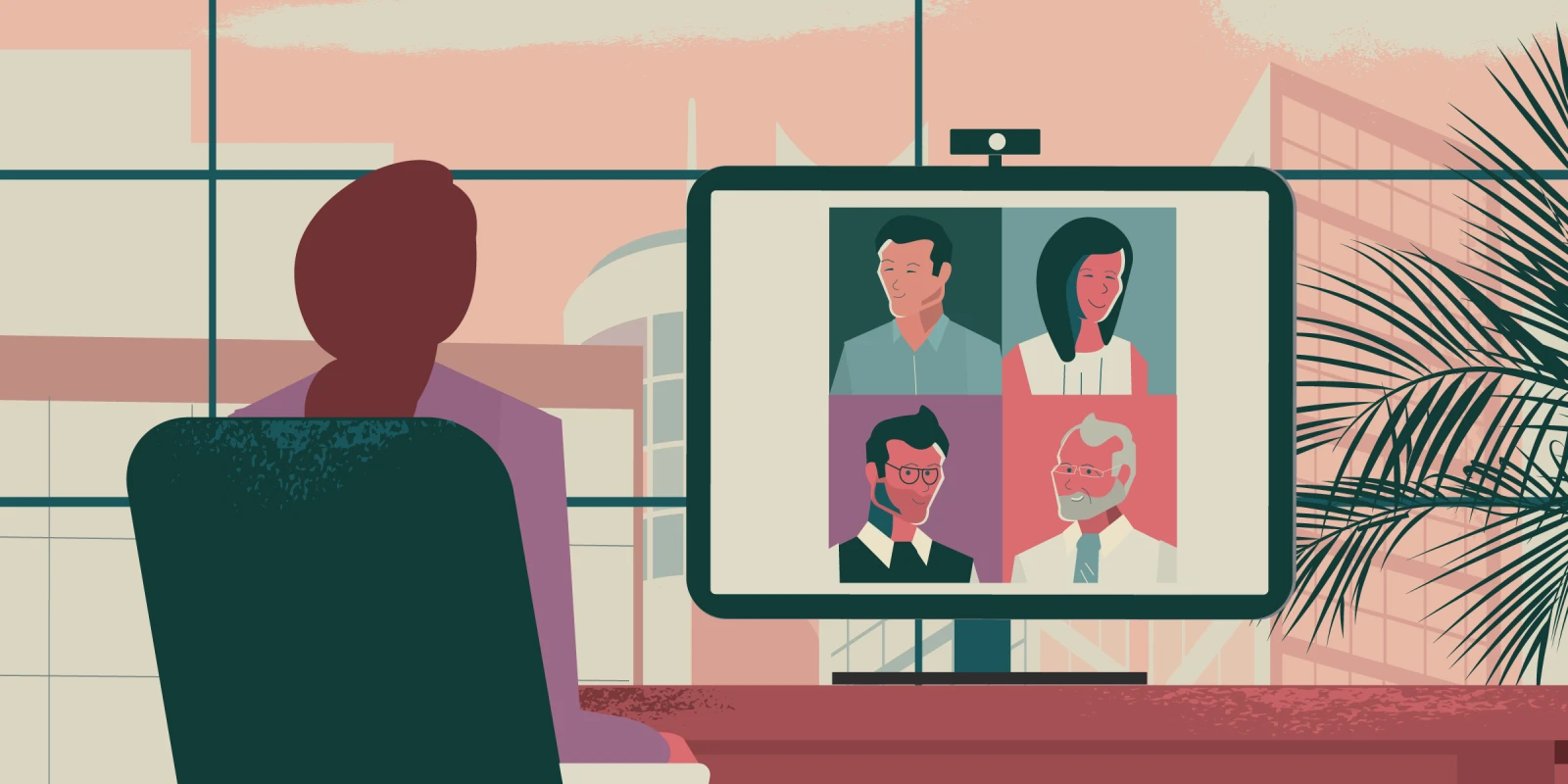In mid-November 2020, thousands of attendees descended on the American College of Allergy, Asthma, and Immunology (ACAAI) annual meeting. Phoenix, the designated host city, had just recorded its hottest temperature ever for a November day. Allergists, immunologists, and associated professionals gathered in the auditorium for expert presentations and scanned through posters in the exhibit hall. Delegates debated and voted on college advocacy priorities. As the day-long events drew to a close, those who remained formed small groups to chat and raise their glasses to each other. On Saturday, some of them circled the 29th FIT Bowl, an annual knowledge competition between dueling fellowship programs.
Yes, all of this happened in late 2020. Impossible right? And no, the record-setting audience of over 3,600 didn’t disperse themselves through Phoenix’s State Farm Stadium, nor did they don matching hazmat suits, nor even worse, collectively decide to flaunt public health recommendations. Instead, this three-day event, the first of its kind in allergy and immunology, took place entirely via an interactive online format.
Redubbed the “ACAAI Scientific Meeting Virtual Experience,” the 2020 iteration aimed to capture the atmosphere of an in-person academic conference. Program Committee chair Dr. Dave Stukus said the planners overcame their initial hesitation during the early phase of the pandemic. “Forget the old way of doing things,” Dr. Stukus recalls telling the committee, “let’s get creative and see what we can pull off.”
Upon logging in by a personal web-link, attendees (or users, if you will) were greeted by a virtual lobby that was directed to a variety of offerings. This being a scientific conference, the auditorium was most prominently featured. Timed releases of up to five presentations simultaneously, some live and others recorded, made the experience customizable. No two ACAAI attendees saw the same conference (think Black Mirror: Bandersnatch but with white coats). In adopting such a unique style, the conference provided a refreshing break from the now-familiar Zoom meeting format. As ACAAI member and conference participant Dr. Melinda Rathkopf commented, “The biggest problem I had is that there were too many great options happening at the same time.” She added that while a weekend under the Arizona sun would have been a nice respite from the Alaskan snow where she practices, one advantage of a remote conference is that “now I can go back and listen to all the presentations I didn’t catch live.”
But the interactive experience wasn’t limited to on-demand lecture streaming. Mirroring the feel of a typical meeting, attendees could wander away from the auditorium whenever they chose. One link connected users to hundreds of research posters, many from prospective allergists/immunologists at various levels of training. Along with being size-adjustable for easy viewing, these “e-posters” were accompanied by guided audio recordings and hung up — so to speak — for the duration of the meeting.
Of course, it wouldn’t be the internet without videos of cats: each 2020 ACAAI attendee’s digital briefcase included an advertisement by Purina LiveClear — a pet food product purported to cut feline allergen shedding in half.
Elsewhere, virtual industry booths and the low-key “networking lounge” created opportunities for one-on-one conversations. Informal chit-chat also took place outside conference software, with a strong #ACAAI20 showing on social media according to early metrics. “Networking is one of the hallmarks of the College Meeting — there’s usually time built in to connect with friends and colleagues, and we wanted to incorporate that however we could,” noted Dr. Stukus.
A digital layout wasn’t the only novel aspect of the 2020 ACAAI Meeting, nor was the conference light on discovery. Oral immunotherapy for peanut allergy reclaimed its position as (probably) the hottest allergy/immunology-related topic in the last half-decade. Physician-scientists shared groundbreaking data from large clinical trials of biologic therapies, signaling that the boom of these targeted agents in allergic disease is showing no signs of a slowdown. These are just a few examples of the medical content showcased.
While the COVID-19 pandemic was, without a doubt, always in the back of everyone’s mind, it also took a few turns at the forefront. Numerous presenters tackled coronavirus-related topics, from skin exam findings to vaccine development. Problems downstream of the virus also drew attention. For instance, conversations about the future of telemedicine abounded. Entire symposia were dedicated to strengthening public health communication as well as addressing the population-level disparities in health care amplified by the pandemic.
As the weekend faded into memory, it was brought to my attention that this was the first allergy and immunology conference in the United States in just over a year (with the spring Academy meeting having fallen victim to the arrival of COVID-19). Perhaps more than anything, the 2020 ACAAI Meeting, Conference, or if you prefer, Virtual Experience, was a healthy reminder of the long march of growth and innovation in our subspecialty, despite the myriad changes since we last convened.
Viewers of the 2020 meeting were treated to one final image: a logo for the 2021 Annual Meeting in New Orleans. Without making any predictions about the state of the pandemic 12 months into the future, Dr. Rathkopf said she believes more virtual programming can reach a wider audience. The aim is to include “students and trainees who may not have the budget to travel, and even physicians and allied health needing to stay behind for coverage.” She also remarked that although there were relatively few glitches, continuing to integrate streaming technology will improve its effectiveness. Dr. Stukus agrees: “I think we’ll have to consider virtual participation in some capacity moving forward.” Regardless of how it is conducted, ACAAI 2020 left zero doubt that a 2021 meeting is securely on the horizon.
Basil Kahwash, MD is an Allergist/Immunologist at Vanderbilt University Medical Center in Nashville, TN. He is a 2020-2021 Doximity Fellow.
Click here to see more perspectives on COVID-19 from the Doximity network.







